Grow Beets Indoors? Absolutely! Imagine fresh, earthy beets gracing your plate, even when the snow is falling outside. Forget those bland, store-bought vegetables; with a few simple tricks, you can cultivate your own vibrant beet crop right in the comfort of your home.
Beets have a rich history, dating back to ancient times where their leafy greens were prized more than the root itself. Over centuries, selective breeding transformed the humble beet into the sweet, colorful root vegetable we know and love today. From borscht in Eastern Europe to roasted salads worldwide, beets have earned their place at the table.
But why bother growing them indoors? Well, for starters, it extends your growing season dramatically! No longer are you limited by the whims of the weather. Plus, it’s incredibly satisfying to nurture something from seed to harvest. I know I love the feeling of accomplishment when I pull a beautiful, homegrown beet from its container. This DIY guide will walk you through everything you need to know to grow beets indoors successfully, from choosing the right varieties to troubleshooting common problems. So, grab your gardening gloves, and let’s get started!
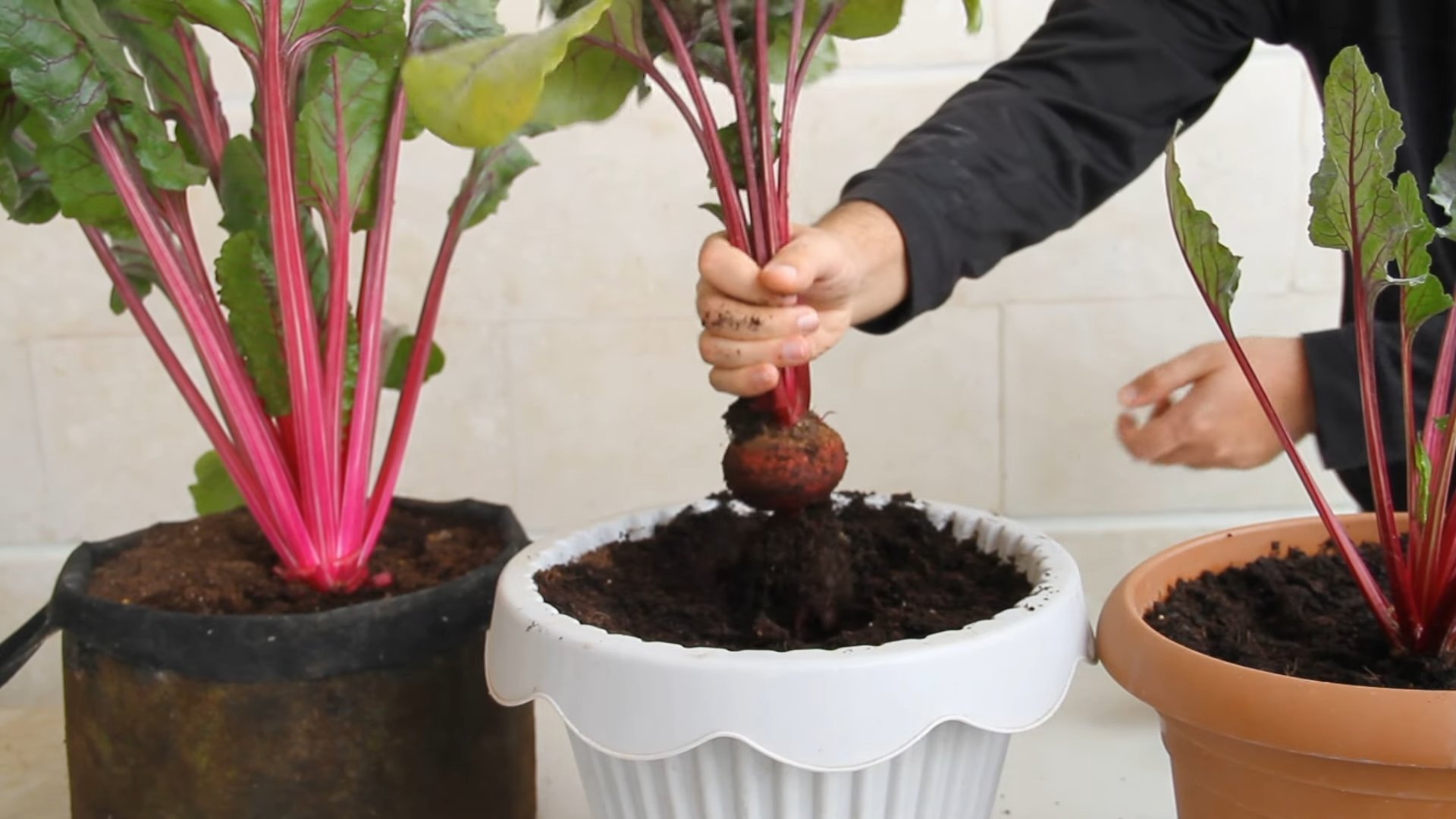
Growing Beets Indoors: A Beginner’s Guide
Okay, so you want to grow beets indoors? Awesome! I’m here to tell you it’s totally doable, and honestly, super rewarding. Fresh, homegrown beets, even if they’re grown inside, are just bursting with flavor. This guide will walk you through everything you need to know, from choosing the right variety to harvesting your delicious bounty. Let’s get started!
Choosing the Right Beet Variety
Not all beets are created equal, especially when it comes to indoor growing. You’ll want to pick varieties that are known for their smaller size and faster maturity. Here are a few of my favorites:
* ‘Baby Beet’: As the name suggests, these are compact and perfect for containers. They mature quickly, giving you a harvest in about 50-60 days.
* ‘Early Wonder’: This is a classic choice, known for its reliability and relatively small size. Expect a harvest in around 55 days.
* ‘Red Ace’: Another great option that matures quickly and produces beautiful, deep red roots. They’re ready to harvest in about 50 days.
* ‘Golden Beet’: If you want something a little different, try golden beets. They have a milder flavor than red beets and add a pop of color to your meals.
What You’ll Need: Gathering Your Supplies
Before you start planting, let’s make sure you have everything you need. Here’s a checklist:
* Beet Seeds: Choose your preferred variety from the list above (or experiment with others!).
* Containers: You’ll need containers that are at least 8-12 inches deep and wide. Beets need room to grow their roots. I prefer using fabric pots because they allow for better drainage and aeration.
* Potting Mix: Use a high-quality, well-draining potting mix. Avoid using garden soil, as it can compact and hinder root growth.
* Grow Lights: Beets need plenty of light to thrive indoors. A good set of grow lights is essential. I recommend LED grow lights, as they’re energy-efficient and provide the right spectrum of light for plant growth.
* Watering Can or Spray Bottle: For gentle watering.
* Fertilizer: A balanced liquid fertilizer, diluted to half strength, will help your beets grow strong and healthy.
* Optional: Seed Starting Tray: While you can direct sow into your containers, starting seeds in a tray can give you a head start.
Planting Your Beets: Getting Started
Now for the fun part! Let’s get those beet seeds in the soil.
1. Prepare Your Containers: Fill your containers with potting mix, leaving about an inch of space at the top. Gently pat down the soil.
2. Sow the Seeds: Beet seeds are actually clusters of seeds, so you’ll likely get multiple seedlings from each seed. Sow the seeds about 1/2 inch deep and 1-2 inches apart. If you’re using a larger container, you can sow them in rows.
3. Water Gently: Water the soil gently until it’s evenly moist. Avoid overwatering, as this can lead to seed rot.
4. Provide Light: Place your containers under your grow lights. If you’re using LED grow lights, position them about 6-12 inches above the soil surface.
5. Maintain Temperature: Beets prefer a temperature of around 60-70°F (15-21°C) for germination.
Thinning Seedlings: Giving Them Room to Grow
Once your seedlings emerge (usually within 5-10 days), you’ll need to thin them out. This is important because it gives each plant enough space to develop properly.
1. Identify the Strongest Seedlings: Choose the healthiest and strongest-looking seedlings in each cluster.
2. Thin the Rest: Gently snip off the weaker seedlings at the soil level using small scissors or your fingers. Be careful not to disturb the roots of the remaining seedlings. Aim for about 2-3 inches between each plant.
3. Don’t Throw Away the Thinnings!: Beet thinnings are delicious! You can add them to salads or sauté them with garlic and olive oil.
Caring for Your Beets: Watering, Light, and Fertilizing
Now that your beets are growing, it’s important to provide them with the right care.
1. Watering: Water your beets regularly, keeping the soil consistently moist but not waterlogged. Check the soil moisture by sticking your finger about an inch deep. If it feels dry, it’s time to water.
2. Light: Beets need at least 6-8 hours of light per day. If you’re using grow lights, keep them on for 14-16 hours a day.
3. Fertilizing: Fertilize your beets every 2-3 weeks with a balanced liquid fertilizer, diluted to half strength. This will provide them with the nutrients they need to grow strong and healthy.
4. Rotating the Pots: Rotate your pots regularly to ensure that all sides of the plants receive equal light exposure. This will help prevent them from leaning towards the light source.
5. Checking for Pests: Keep an eye out for common pests like aphids or spider mites. If you spot any, you can try spraying them with a mixture of water and dish soap or using insecticidal soap.
Harvesting Your Beets: The Moment of Truth
The time to harvest your beets will depend on the variety you’re growing, but generally, they’re ready to harvest when the roots are about 1-3 inches in diameter.
1. Check the Size: Gently brush away some of the soil around the base of the plant to check the size of the beet root.
2. Harvest Carefully: Grasp the beet greens near the base of the plant and gently pull upwards. If the beet is stubborn, you can use a garden fork to loosen the soil around it.
3. Don’t Forget the Greens!: Beet greens are also edible and delicious! You can cook them like spinach or add them to salads.
4. Wash and Store: Wash your beets and greens thoroughly. Store the beets in the refrigerator for up to a week. The greens are best used within a few days.
Troubleshooting: Common Problems and Solutions
Even with the best care, you might encounter some problems while growing beets indoors. Here are a few common issues and how to fix them:
* Leggy Seedlings: This is usually caused by insufficient light. Make sure your grow lights are close enough to the plants and that they’re on for enough hours each day.
* Slow Growth: This could be due to a lack of nutrients or insufficient light. Try fertilizing your beets more frequently and ensuring they’re getting enough light.
* Yellowing Leaves: This could be a sign of overwatering or nutrient deficiency. Check the soil moisture and adjust your watering schedule accordingly. You may also need to fertilize your beets.
* Pests: As mentioned earlier, keep an eye out for pests and treat them promptly.
Enjoying Your Harvest: Delicious Beet Recipes
Now that you’ve harvested your beets, it’s time to enjoy them! Here are a few of my favorite beet recipes:
* Roasted Beets: Toss beets with olive oil, salt, and pepper, and roast them in the oven until tender.
* Beet Salad: Combine roasted beets with goat cheese, walnuts, and a balsamic vinaigrette.
* Beet Soup (Borscht): A classic Eastern European soup made with beets, cabbage, and other vegetables.
* Beet Greens Sauté: Sauté beet greens with garlic and olive oil for a simple and healthy side dish.
* Pickled Beets: A great way to preserve your beet harvest.
Growing beets indoors is a fun and rewarding experience. With a little bit of care and attention, you can enjoy fresh, homegrown beets all year round. Happy gardening!
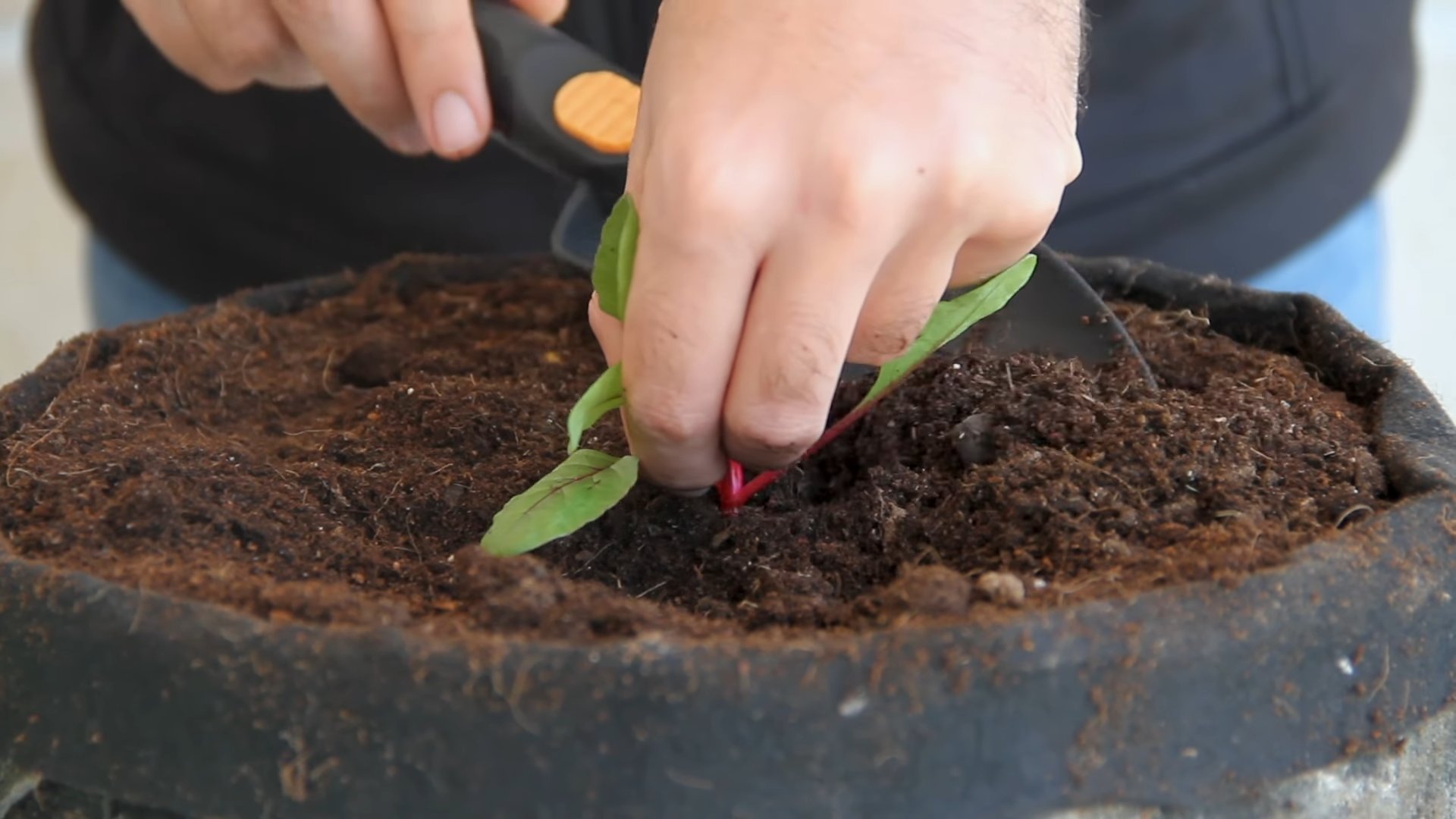
Conclusion
So, there you have it! Growing beets indoors is not only possible, but it’s also a surprisingly rewarding experience. Forget relying solely on grocery store produce; imagine the satisfaction of harvesting your own vibrant, earthy beets right from your windowsill, regardless of the season. This DIY trick opens up a world of fresh, homegrown goodness, putting you in control of the quality and source of your food.
Why is this a must-try? Because it’s more than just growing vegetables; it’s about connecting with nature, learning a new skill, and enjoying the unparalleled flavor of freshly harvested produce. Store-bought beets simply can’t compare to the sweetness and tenderness of those you’ve nurtured yourself. Plus, it’s a fantastic way to add a touch of green to your indoor space and brighten up those dreary winter months.
Beyond the basic method outlined, there’s plenty of room for experimentation. Try different beet varieties! ‘Detroit Dark Red’ is a classic choice, but ‘Golden’ beets offer a milder flavor and beautiful color, while ‘Chioggia’ beets boast stunning red and white rings. You can also experiment with different potting mixes to see what works best for your growing conditions. Consider adding a slow-release fertilizer to the soil to provide your beets with a steady supply of nutrients.
Don’t be afraid to get creative with your beet greens, too! They’re packed with vitamins and minerals and can be used in salads, stir-fries, or even as a substitute for spinach in your favorite recipes. Remember to harvest the outer leaves as needed, allowing the inner leaves to continue growing.
We wholeheartedly encourage you to give this DIY trick a try. It’s easier than you might think, and the rewards are well worth the effort. Whether you’re a seasoned gardener or a complete beginner, growing beets indoors is a fun and fulfilling project that will bring a touch of freshness to your home and your plate.
Once you’ve embarked on your indoor beet-growing adventure, we’d love to hear about your experience! Share your tips, tricks, and photos in the comments below. Let’s create a community of indoor beet enthusiasts and inspire others to discover the joy of homegrown produce. What challenges did you face? What successes did you celebrate? What unique variations did you try? Your insights will be invaluable to other readers who are just starting out. So, grab your seeds, potting mix, and a sunny spot, and get ready to enjoy the deliciousness of homegrown beets! Let us know how your indoor beet garden flourishes!
Frequently Asked Questions (FAQ)
1. What are the best beet varieties to grow indoors?
While most beet varieties can be grown indoors, some tend to thrive better than others in container environments. ‘Detroit Dark Red’ is a popular and reliable choice known for its consistent growth and good flavor. ‘Early Wonder’ is another excellent option, as it matures relatively quickly, making it ideal for indoor growing. ‘Golden’ beets are also a great choice if you prefer a milder flavor and a beautiful golden color. ‘Chioggia’ beets, with their distinctive red and white rings, add a touch of visual appeal to your indoor garden. When selecting your beet variety, consider factors such as maturity time, size, and flavor preference.
2. How much sunlight do indoor beets need?
Beets require at least 6-8 hours of direct sunlight per day to thrive. If you don’t have a south-facing window that provides sufficient sunlight, you can supplement with grow lights. LED grow lights are an energy-efficient option that provides the full spectrum of light needed for healthy plant growth. Position the grow lights a few inches above the beet seedlings and adjust the height as they grow. Rotate your beet plants regularly to ensure that all sides receive adequate light. Insufficient sunlight can lead to leggy growth and poor root development.
3. What type of soil is best for growing beets indoors?
Beets prefer well-draining, nutrient-rich soil. A good potting mix for indoor beets should consist of a combination of peat moss, perlite, and vermiculite. This mixture provides good drainage, aeration, and moisture retention. You can also amend the potting mix with compost or aged manure to add extra nutrients. Avoid using garden soil, as it can be too heavy and may contain pests or diseases. The ideal pH for growing beets is between 6.0 and 7.0. You can test the pH of your soil using a soil testing kit and adjust it accordingly.
4. How often should I water my indoor beets?
Water your indoor beets regularly, keeping the soil consistently moist but not waterlogged. Check the soil moisture by sticking your finger about an inch into the soil. If it feels dry, it’s time to water. Water deeply, allowing the excess water to drain out of the bottom of the pot. Avoid overwatering, as this can lead to root rot. The frequency of watering will depend on factors such as the size of the pot, the type of potting mix, and the temperature and humidity of your home.
5. When and how should I harvest my indoor beets?
You can harvest your indoor beets when the roots reach the desired size, typically around 2-3 inches in diameter. Gently loosen the soil around the beet and pull it out of the pot. You can also harvest the beet greens as needed, snipping off the outer leaves while leaving the inner leaves to continue growing. The beet greens are delicious and nutritious and can be used in salads, stir-fries, or other dishes. Don’t wait too long to harvest your beets, as they can become tough and woody if left in the ground for too long.
6. What are some common problems when growing beets indoors and how can I prevent them?
Some common problems when growing beets indoors include pests, diseases, and nutrient deficiencies. Aphids, spider mites, and whiteflies can infest indoor beet plants. Inspect your plants regularly for signs of pests and treat them with insecticidal soap or neem oil if necessary. Fungal diseases such as damping-off and powdery mildew can also affect indoor beets. Provide good air circulation and avoid overwatering to prevent these diseases. Nutrient deficiencies can cause yellowing or stunted growth. Fertilize your beets regularly with a balanced fertilizer to ensure they receive the nutrients they need.
7. Can I grow beets indoors year-round?
Yes, you can grow beets indoors year-round, provided you provide them with the necessary light, water, and nutrients. Indoor growing allows you to control the growing environment and avoid the challenges of outdoor gardening, such as pests, diseases, and weather fluctuations. With proper care, you can enjoy a continuous harvest of fresh, homegrown beets throughout the year.
8. How do I deal with leggy beet seedlings?
Leggy beet seedlings are a sign that they are not getting enough light. Move them to a sunnier location or supplement with grow lights. You can also try gently brushing the seedlings with your hand a few times a day. This will help to strengthen the stems and prevent them from becoming too leggy. Make sure the temperature is not too high, as this can also contribute to leggy growth.
9. Can I transplant beet seedlings that I started indoors to my outdoor garden?
Yes, you can transplant beet seedlings that you started indoors to your outdoor garden, but it’s important to harden them off first. Hardening off involves gradually acclimating the seedlings to outdoor conditions over a period of 1-2 weeks. Start by placing the seedlings outdoors in a sheltered location for a few hours each day, gradually increasing the amount of time they spend outdoors. This will help them to adjust to the sun, wind, and temperature changes. Once the seedlings are hardened off, you can transplant them to your garden.
10. What are some creative ways to use my homegrown beets?
Beyond the traditional roasted or boiled beets, there are countless creative ways to incorporate your homegrown beets into your meals. Try pickling them for a tangy and colorful addition to salads or sandwiches. Blend them into smoothies for a nutrient boost. Grate them into coleslaw for a vibrant twist. Use them to make beet hummus or beet pesto. The possibilities are endless! Don’t forget to use the beet greens, too! They can be sautéed, steamed, or added to soups and stews.

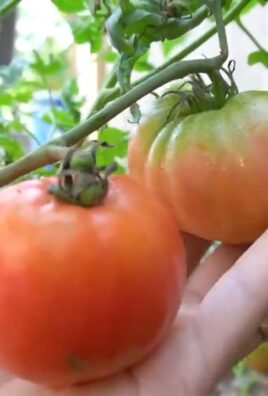
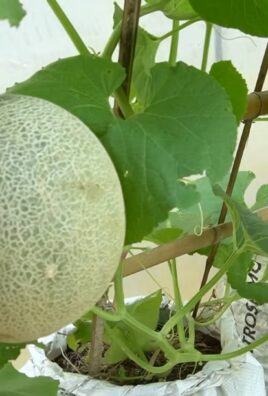
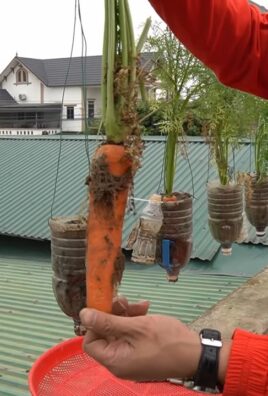
Leave a Comment